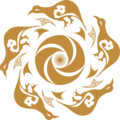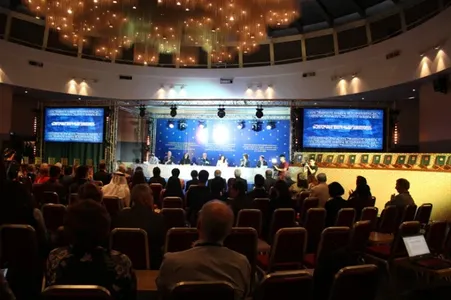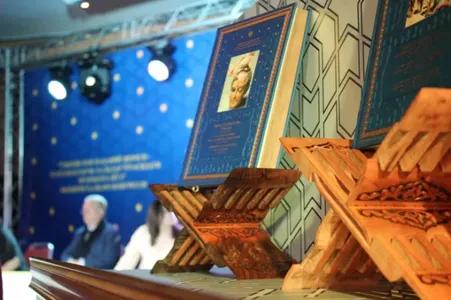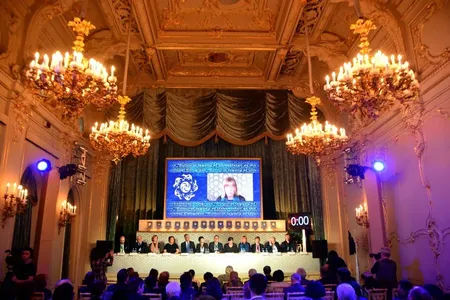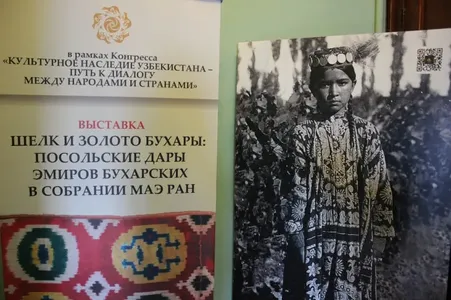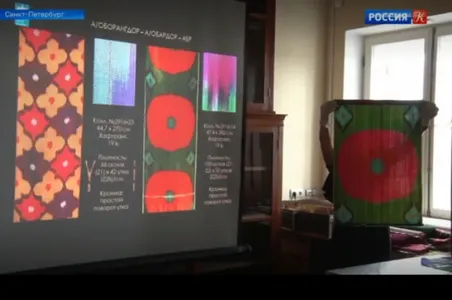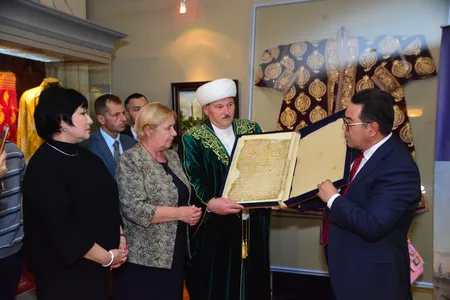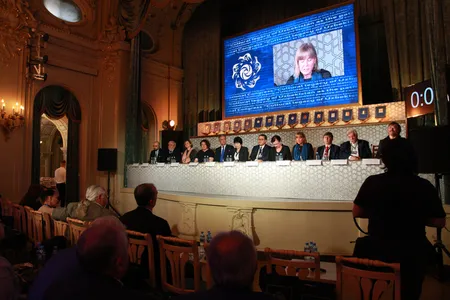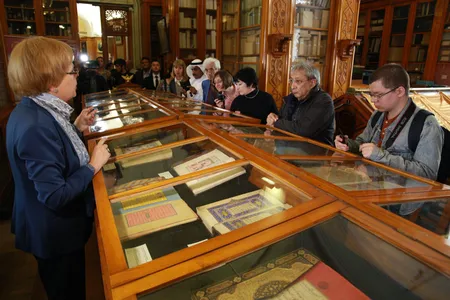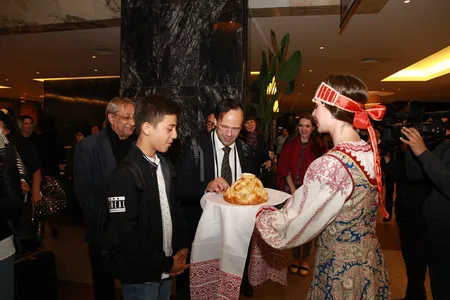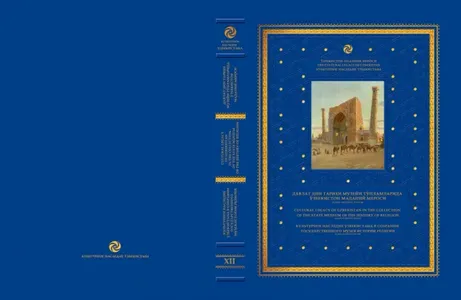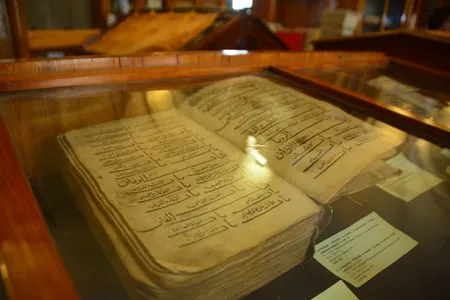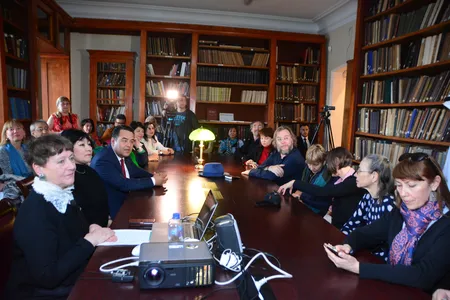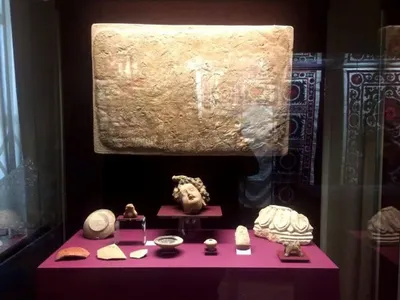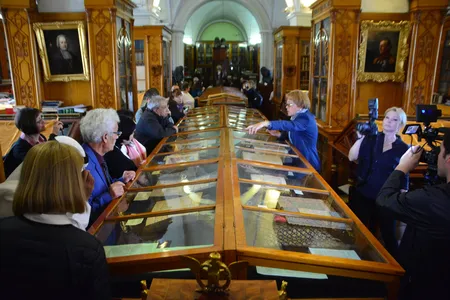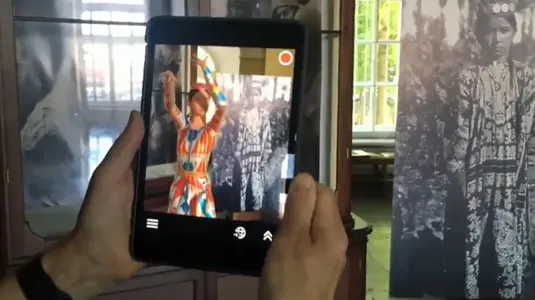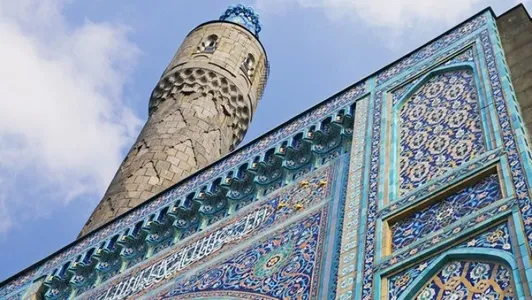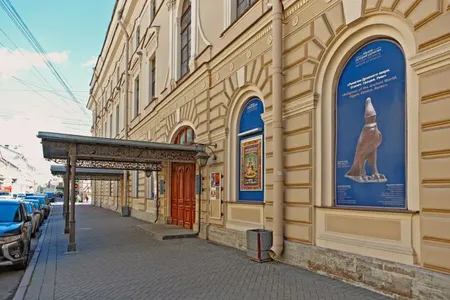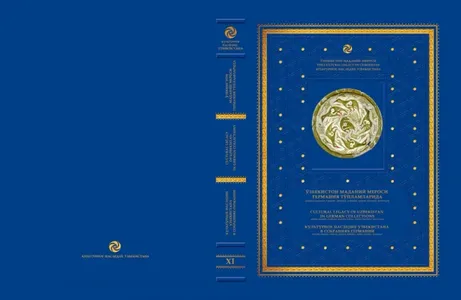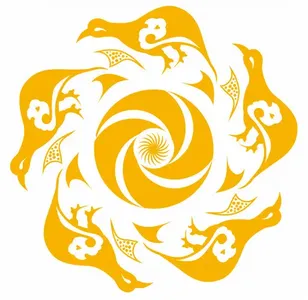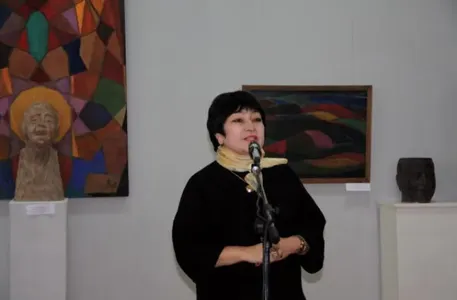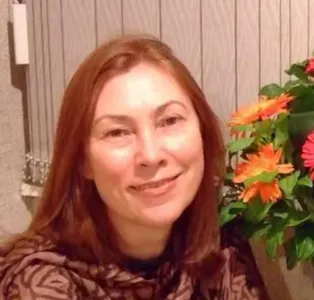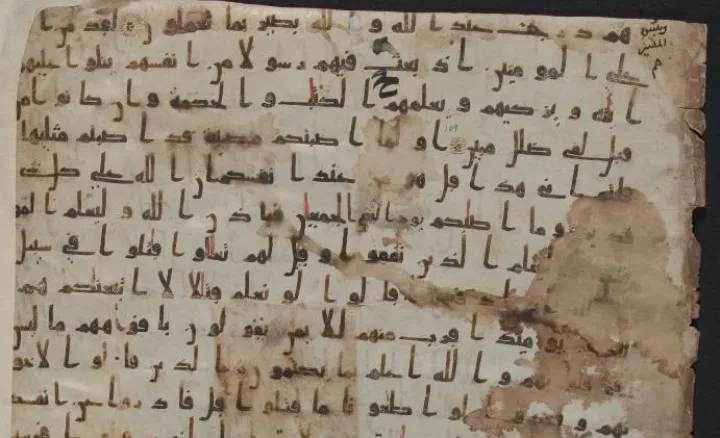
The oldest surviving manuscript of the Koran, stained, as it is believed, with the blood of the third Caliph – Uthman, will be exhibited during the holy month of Ramadan at an exhibition at the Institute of Oriental Manuscripts of the Russian Academy of Sciences.
The exhibition will be held in one of the largest centers of world Oriental studies in St. Petersburg within the framework of the Second International Congress Cultural Legacy of Uzbekistan - a Path to Dialogue between Peoples and Countries. Last year facsimile copies of this particular Koran were donated to Uzbekistan as part of the International Media Forum Crossroads of Times: the Great Legacy of the Past – the Basis of an Enlightened Future.
Visitors of the upcoming exhibition, participants of the Congress, will also be able to see other unique manuscripts carefully stored in the funds of one of the world's main manuscript repositories – the Sofa of Hussein Baykaro, lifetime works of Alisher Navoi, one of the oldest lists of the famous works of al–Biruni Monuments of past Generations, collections of poems by Agakhi, Bisati Samarqandi, Bedil, Hafiz Shirazi and other authors.
It should be noted that a few decades ago, the full version of this manuscript, dating from the last quarter of the 8th century and made by an unknown calligrapher, is one of the oldest and unique lists of the Koran that have survived to the present day, was kept in the mazar of the sheikhs of the Ishkiyya brotherhood in the village of Katta Langar (Kashkadarya region). However, due to various reasons, it has dispersed in parts to collections.
In Uzbekistan, four fragments (16 sheets in total) related to the common list of the Koran with the St. Petersburg one have been recorded. One sheet, enclosed in a black leather binding of the mukavva type, is in the collection of the Abu Rayhan Beruni Institute of Oriental Studies. Two sheets are kept in the collection of the Bukhara Regional Library named after Abu Ali ibn Sino. Another 12 sheets in a red morocco binding of the mukavva type with traces of restoration and decoration, exactly corresponding to the St. Petersburg fragment, are stored in the mazar of the sheikhs of the Ishkiyya brotherhood in the village of Katta-Langar (Kashkadarya region). Finally, one sheet belongs to the library of the Spiritual Administration for Muslim Affairs of Uzbekistan.
